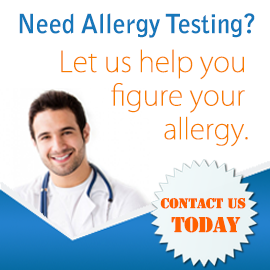Navigating Food Allergy Triggers: How to Identify and Manage Hidden Culprits

For individuals with food allergies, navigating daily meals can be a challenge, as hidden allergens may lurk in unexpected places. In this post, we’ll explore strategies for identifying and managing hidden food allergy triggers, empowering you to make informed choices and safeguard your health.
Understanding Hidden Food Allergy Triggers
Hidden allergens can be found in a variety of foods and food products, including:
- Processed foods
- Restaurant meals
- Cross-contamination
- Undeclared ingredients
Tips for Identifying Hidden Food Allergens
Read labels carefully: Check ingredient labels for potential allergens, and look for precautionary labels such as “may contain” or “manufactured in a facility that processes.”
Ask questions: When dining out or purchasing food products, don’t hesitate to ask about ingredients and preparation methods.
Be aware of cross-contact: Cross-contact can occur when allergens are transferred from one food to another, so be cautious when sharing utensils, cooking surfaces, or serving dishes.
Stay informed: Keep up-to-date on food recalls and allergen advisories to avoid consuming potentially unsafe products.
Managing Hidden Food Allergy Triggers
Communicate with others: Educate friends, family members, and caregivers about your food allergies to ensure they understand the importance of avoiding cross-contact and hidden allergens.
Plan ahead: When dining out or attending social events, research menus, contact restaurants, or bring safe snacks.
Carry emergency medication: Always carry your prescribed epinephrine auto-injector in case of accidental exposure to allergens.
Empowering Your Journey to Safe and Healthy Eating
By understanding common sources of hidden food allergy triggers and implementing proactive strategies for identification and management, individuals with food allergies can enjoy greater peace of mind and better health. Stay vigilant, communicate openly, and prioritize your safety when it comes to managing hidden allergens in your diet.
Take control of your food allergy management today. Contact Allergy, Asthma, and Immunology Medical Group at 805-658-9500 to schedule a consultation and receive personalized guidance on navigating hidden food allergens.




